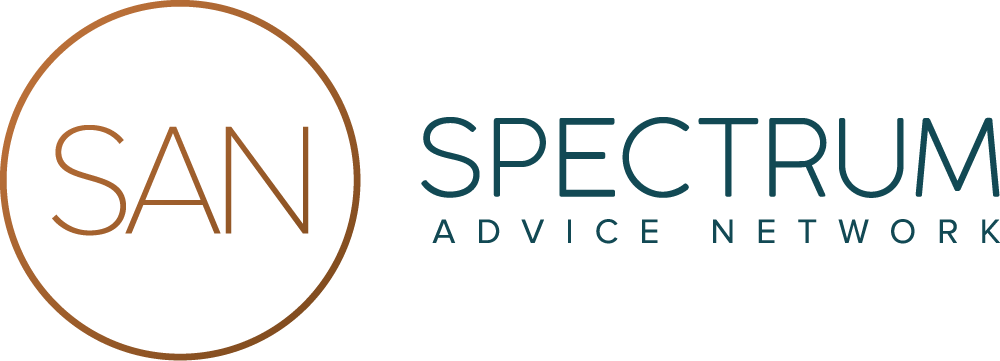Should I Opt for Drawdown or Annuity with my Pension?
- Expert Advisers
- Access to Competitive Rates
- Wide Range of Available Products
Get in touch for a free, no-obligation chat with an adviser about how we might be able to help.

Reaching retirement age is exciting because it involves putting everything you’ve planned for into action – like deciding when to stop work and how to celebrate your new found freedom.
But before you start hanging out the bunting and driving off in that camper van, you need to decide what vehicle you’ll choose to pay yourself your retirement income.
Thinking seriously about the type of pension you’ll choose is important at this stage because it will need it to match your lifestyle and longevity.
Right now there are two paths you can go down.
The first, an Income Drawdown Pension, comes with a U-Turn signpost. This means you can turn around and choose the other option if you wanted to.
The second path, an Annuity Pension, however, is set in stone. Once you set off down the Annuity route, there’s no turning back.
Understanding your options and choosing what to do with your valuable pension savings could mean the difference between living a life less ordinary, or finding yourself strapped for cash.
Taking advice from an experienced financial adviser and pensions specialist is crucial at this penultimate point in your pensions journey.
Here we outline the benefits of Pension Drawdown and Annuity Pensions and highlight some of the drawbacks, so you’re well informed of the differences.
What are my choices?
If you have a defined contribution pension, you can withdraw up to a quarter (25%) of the total amount in your pension fund as a tax free lump sum.
You can then choose to do one of two things with the remaining 75%. Transfer it into an Income Drawdown Pension, or buy an Annuity.
What is a pension drawdown?
Pension drawdown is a type of pension product that gives you access to your pension savings while they are invested with a fund management firm.
You can transfer 100% of the money from your defined contribution pension into a drawdown pension. You can make use of the first 25% at your leisure, without paying tax on it. You pay income tax on the remaining 75% – so bear that in mind.
You can pay yourself a regular income from it and withdraw lump sums of cash. Any money you don’t withdraw stays invested.
With a flexi-access drawdown product you can stop and start your income drawdowns whenever you like. This works well if you’re semi-retired or work part time and only need to use small sums to supplement your salary or pay for something you want to do or buy.
One thing to be aware of, is that your drawdown pension isn’t an endless pot of money. So it’s important to plan how and when you’re going to use your pension savings so they last throughout your retirement years.
With an income drawdown product, your savings are subject to investment performance. This means they will rise and fall with stock market fluctuations.
What is a Pension Annuity?
A Pension Annuity is a pension product that can be bought from an annuity provider using the funds you have in your pension pot.
The provider takes over control of your pension fund and pays you a regular, guaranteed income for life.
While an annuity gives you certainty, when comparing these regular payments against the total amount in your pension pot, it may appear quite low. For example, if the annuity rate is 4.5% and you invested £100,000, you would receive £4,500 a year.
This is because the amount you will receive is based on an annuity rate calculated by the provider which depends on a number of factors. For example, your life expectancy and health.
The longer you’re expected to live, the lower the annuity rate. The rate is also affected by interest rates, Government Gilt bonds, and any ‘guarantees’ you want to add.
If you died within 10 years of buying the annuity, you will have only received £45,000. Depending on the ‘guarantee’ stipulated in the annuity you buy, the provider may keep the remaining amount.
Drawdown VS Annuity?
When deciding what’s right for you, it’s wise to compare annuity with drawdown.
A drawdown pension puts you in the driving seat of your pension savings. With an Annuity, you’re the passenger, releasing control of your pension fund in return for a guaranteed income for life.
With a drawdown pension your savings stay invested. This means they have the opportunity to grow while you can continue to draw an income on your own terms.
WIth an Annuity, you don’t benefit from investment gains. Likewise your income isn’t affected by stock market falls.
A drawdown pension gives you the flexibility to change direction if you need a guaranteed income. Whereas an Annuity is rigid. You can’t swap it for a pension drawdown product.
Another difference is what happens to your pension savings when you die. Annuities are not designed to be paid out to your relatives, unless specified, in which case, your annuity rate will be lower.
With a drawdown pension, you can nominate all of the money left in your fund to your family or a charity. The whole amount is tax free and not subject to inheritance tax.
What are the Tax Implications?
There are other pros and cons when it comes to paying income tax on your pension savings and it’s important to be savvy about how much of your savings to take out and when.
As soon as you start withdrawing the 75% portion of your pension fund, HMRC consider this to be taxable income. Your pension provider will deduct the tax for you via PAYE.
With an annuity you must take your 25% tax free portion out of your defined contribution pension before buying the annuity with the remaining 75%. You’ll then receive your annuity payment each month after tax.
With income drawdown, you can take as long as you like to use up all of the tax free portion while your pension fund stays invested.
Even when you start drawing the taxable portion, there are ways to withdraw it so you don’t pay tax on it. If you pay yourself less than the current £12,500 a year threshold, you won’t be charged tax on it.
If you need to draw larger amounts it may impact on other benefits you receive, like married couples allowance and child benefit.
You can carry on paying into other pensions while drawing the first 25% tax free portion of your pension. After that, the amount you can save will be limited to £4,000 a year under the Money Purchase Annual Allowance rules.
How can Spectrum Wealth Management help?
Discussing your pension options with an experienced pensions specialist is paramount in the lead up to your retirement. At Spectrum Wealth Management we understand how important this is to you.
Helping you make a clear and informed decision about the most appropriate route to take, based on your own individual circumstances, is what we’re renowned for.
Not only will we save you time and money, we’ll give you peace of mind as we work with you to plan this next phase of your retirement strategy meticulously.
Why Spectrum Advice Network
- Help you to achieve the life you want
- Impartial advice from qualified advisers
- Access to a broad range of options tailored to you
- Flexible, no obligation meetings to suit you

